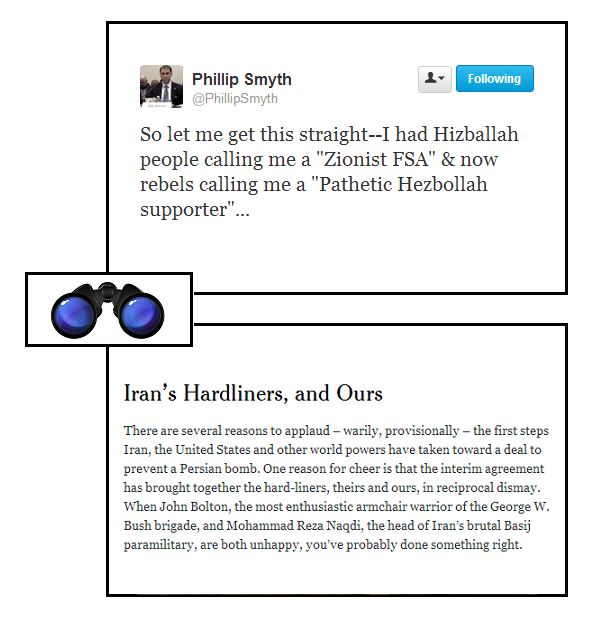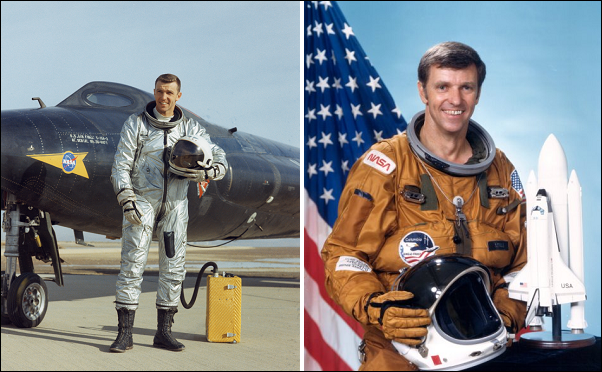.
To set the stage..
When Engle was asked to go to Russia to prepare the way for a joint commission between the US and Soviets to explore the possibilities of space cooperation, he remembers saying:
So Joe Engle went to Russia in January 1995, and things did not begin smoothly — but I’ll give you the rest of the tale in his words:
I went over with a group of two or three people and we had scheduled visits with the deputy head of Rosaviacosmos, RSA [Russian Space Agency], and RSC [Sergei Pavlovich Korolev Rocket and Space Corporation], Energia. The gentleman who had been identified to be Tom [ie Gen Tom Stafford]’s counterpart on the joint commission, who was Academician [Vladimir F.] Utkin, who is the most respected rocketeer that Russia’s ever had — well, next to Korolev, but most respected living one, an old gentleman, just a big bear of a guy.
We were not doing well at all. Mr. [Boris D.] Ostroumov had essentially thrown us out of RSA and Mr. Semyanov did throw us out of Energia. He didn’t want anything to do with us, didn’t want any independent—they didn’t know what an independent review group was. It wasman entirely foreign concept to the Russians. They were more prone to the stovepipe, of this enterprise has this task to do and you turn the finished product out and it will fit with this finished product, and you don’t talk to each other. Everybody was very, very closed door about it. So they didn’t want the idea of anybody looking over their shoulder, even their own people looking over each other’s shoulder.
It was a difficult concept to sell, and we were just about to say, “This doesn’t look like it’s going to work.” In fact, I had called Tom from over there and he said, “Well, pack it up and come home.” He said, “We’re not going to waste our time on this.”
And I remember telling him, “Well, we got one more guy, the guy you’re supposed to be the co-chair with, and I’ll go see him, because we can’t move the flight up anyway. It costs too much money to move the flight up.”
So we went to Academician Utkin’s, and he was pretty much the same way. I remember going in and being told to go in and sit in his office and wait for him. He walked in, and at that time, they didn’t have phones with pushbuttons. Each line had a separate phone, so he had fourteen phones on his desk, I remember, and a big map, a wall map of the Soviet Union. It was still Soviet Union then to them. Finally he walked in, strutted in, and sat down at his desk and started making some phone calls. We were sitting there, [William] Bill Vantine was with me and there was an interpreter present.
Finally, after about, I think, about twenty minutes, he turned and he said,”So,” through the interpreter, he said, “So, you are going to tell us how to go to space?”
I was trying to be as diplomatic as possible, but not wimpy about it, and I said, “No. No, sir. We’re here to join with you and go to space together and see if we can combine our resources.”
He reacted with a couple of things about, “But you want to use our space station? You don’t have a space station. You want to use ours.” Finally, he leaned back in his chair and he said, “Let me tell you. I was the head of the Intercontinental Ballistic Missile Program for the Soviet Union and I designed the SS-19,” which was a superb rocket, booster, and he went to the big map on the wall and he said, “We had — ,” and he started going through the numbers of missiles that they had targeted for New York and Chicago [Illinois], all our major cities. After he’d completed, he walked over and he sat down and he folded his arms and looked at me.
I remember saying, “Well, sir, I know that you did exactly what you thought was the right thing to do for your country.” I said, “At the same time that you were doing that, I was sitting in a [Boeing] F-100 [Super Sabre] in Aviano, Italy, with a nuclear bomb strapped under the belly,” and I walked up and I pointed at Aviano, Italy, and I said, “I had one target, one bomb and one target only, but I felt I was doing the same thing for my country that you were.” I said, “My target was this airfield right here,” and it was back in Hungary; it was not in Russia, but it was in the Soviet Union. I said, “That was my target.” And it’s amazing, the intelligence that the Russians had on us at the time.
He said, “Yes, I know.” And he said, “You would not have made it.”
I said, “Well, I think I would have made it.” I said, “My route was to fly up this –” We had memorized our routes so that we didn’t have to look at maps, so I followed the track up the river valleys and I said, “You had antiaircraft here and you had radar here, so my route was to go around these hills and on in.”
And he started to scowl and he said, “You would not have made it back.”
I said, “No, I would have run out of fuel before I got back, but I was going to bail out in Austria. I felt if I could get to Austria, why, I would make it back.”
And he sat there and he just scowled at me for a while, finally pushed his chair back and he got up and — he was a big guy — and he started to walk around his desk toward me, and I figured that — he wasn’t smiling at all, and I thought he was going to cold-cock me, so I figured I’d stand up and take it like a man. [Laughs]
I stood up and hadn’t really got my breath from standing up and he just grabbed me and gave me one of those big Russian bear hugs and he said, “It’s better this way, isn’t it?” [Laughs]
I recall just before he said that, when I finished I said, “This was what I was doing, but I really think that we have the opportunity to take off our gloves and do something together for the whole world.” And that’s when he didn’t smile, but he walked around and he said, “It’s better this way.”
So he set the commission up. A month later, when Tom went over, it was all set up and ready to go, and it’s been working for over — well, it’ll be ten years coming up next year. And even Academician Utkin said, “We’ll try this, but these things don’t ever last more than a year or two.” [Laughs]
For more on the contrasting philosophies of the US and Soviets with regard to their fighter aircraft and space programs, and what it took to reach accomodation, read on from the tail end of page 16.





